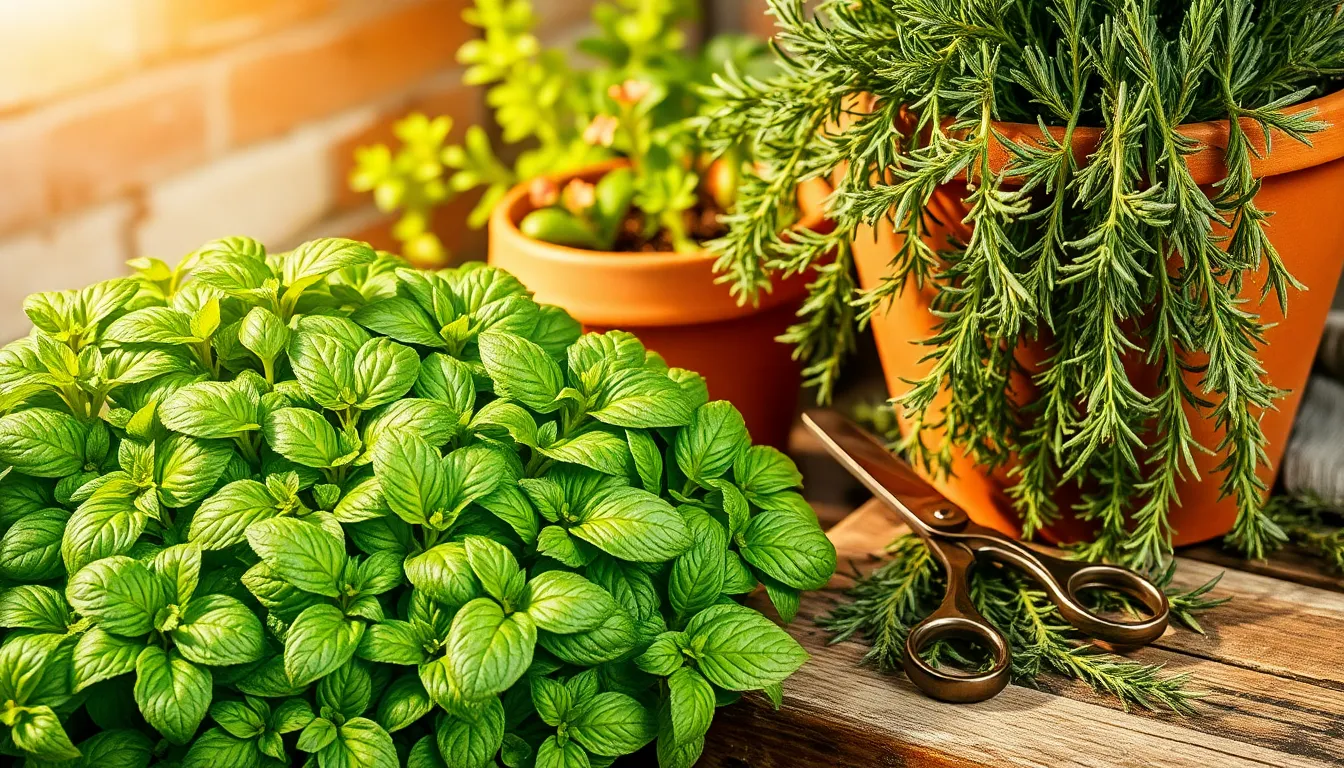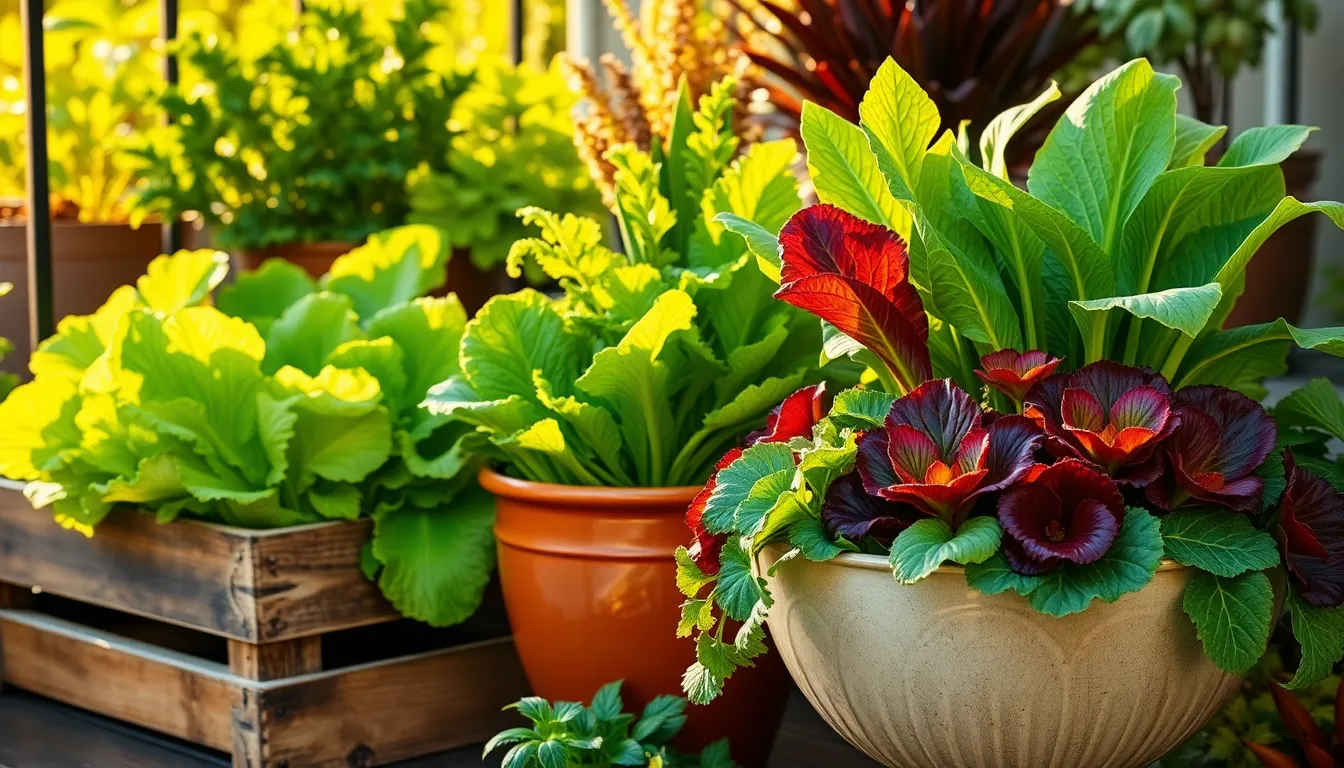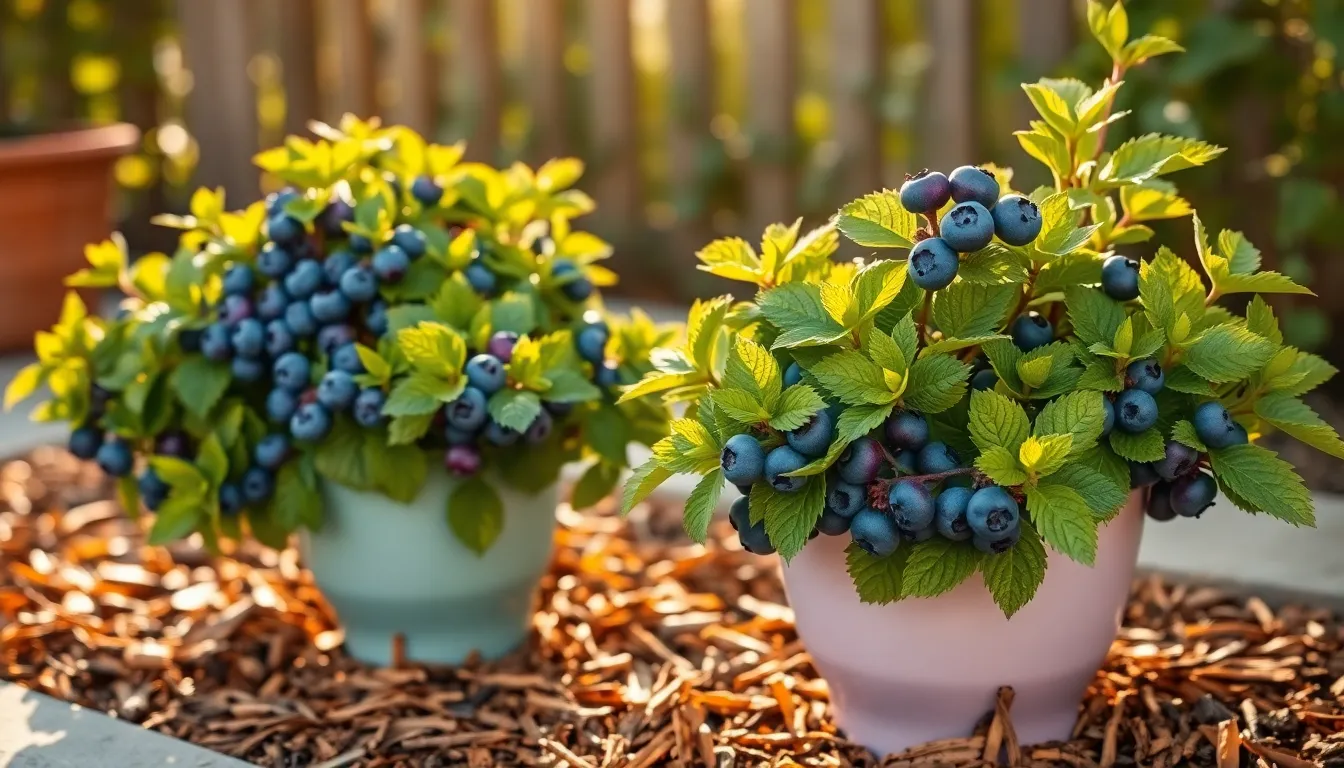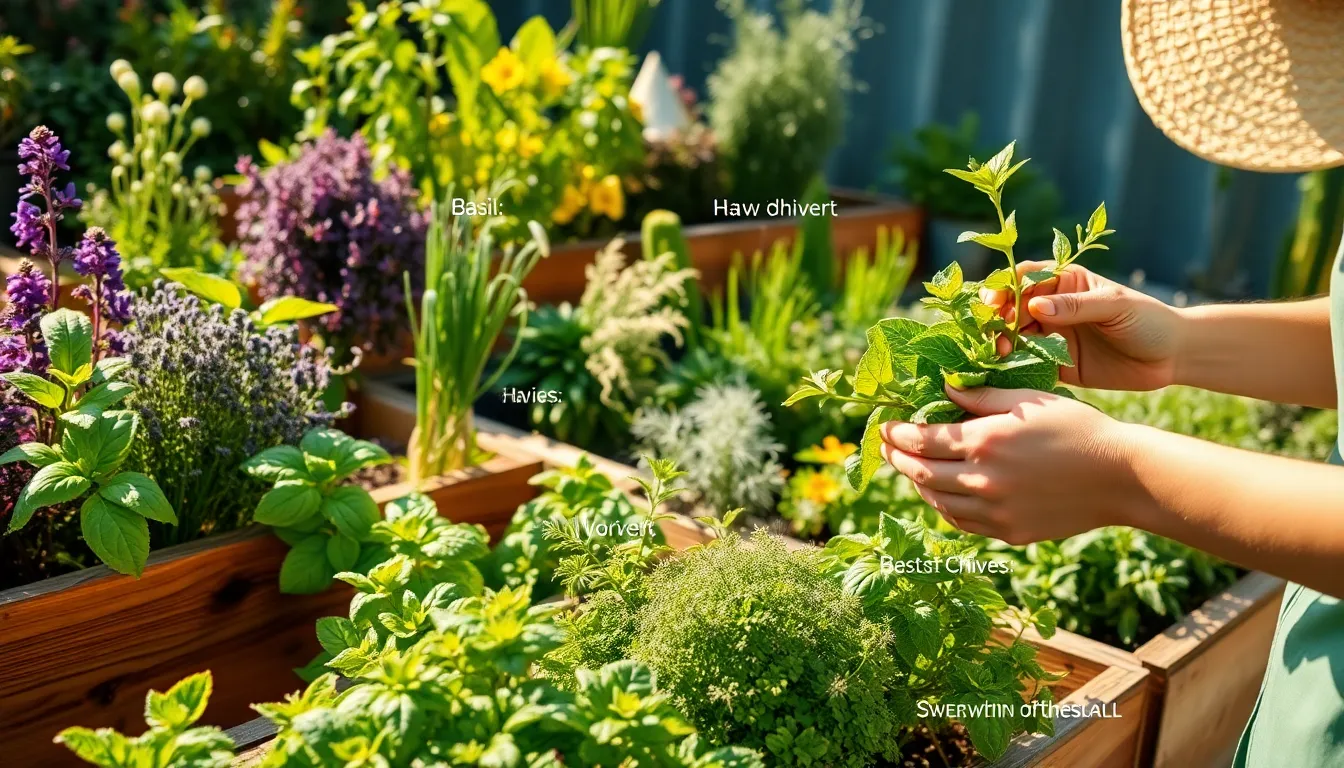When it comes to harvesting herbs, the instinct to preserve and nurture your beloved plants is strong. Whether you’re a seasoned gardener or just beginning to explore the joys of cultivating your own herbs, understanding the nuances of harvesting is key to maintaining a healthy garden. While the goal is often to snip away without harming the plant, there can be hidden drawbacks to this well-intentioned approach. It is important to recognize these potential downsides to ensure your herb garden continues to thrive season after season.
For those who cherish the art of gardening, the process of gathering fresh herbs from their own backyard is immensely rewarding. However, even the most careful harvesters may inadvertently hinder their plants’ growth by not considering the full picture. In this article, we’ll delve into the subtle, yet significant, disadvantages of harvesting herbs without killing the plant. You’ll learn strategies to optimize your harvesting techniques, ensuring both a bountiful yield and the continued vitality of your green companions.
Join us as we explore practical tips and insights that will empower you to make informed decisions in your garden. By understanding the potential pitfalls in herb harvesting, you can cultivate a more resilient and productive garden. Our goal is to provide you with the confidence and knowledge needed to enhance your gardening experience. With a little guidance, you’ll be able to enjoy the best of both worlds: a thriving herb garden and a bountiful harvest.
Understanding Herb Growth Limitations
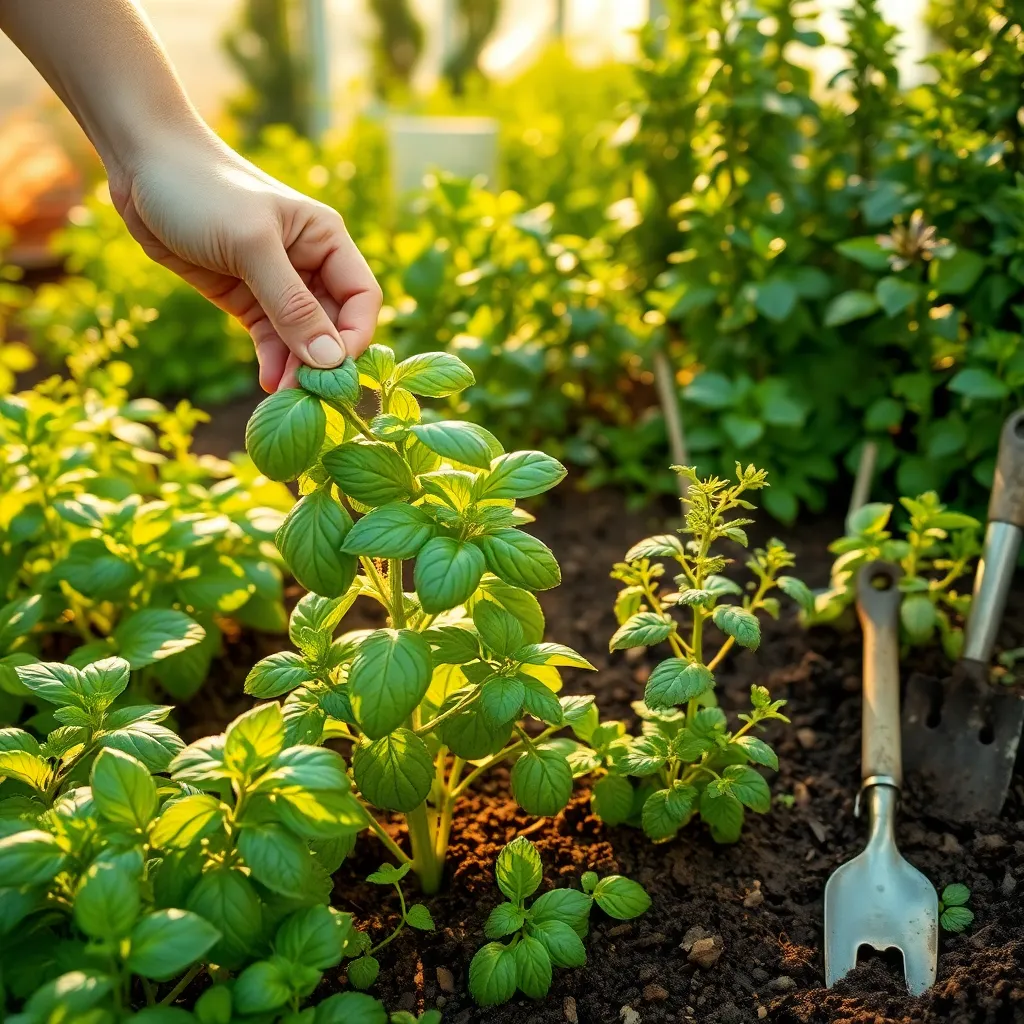
Understanding the limitations of herb growth is essential for sustainable harvesting without harming the plant. Herbs like basil, mint, and parsley require specific conditions to thrive, including adequate sunlight, well-drained soil, and consistent watering.
Improper environmental conditions can stunt an herb’s growth and reduce its ability to recover after harvesting. Ensure that your herbs receive at least 6 hours of sunlight daily and that the soil remains moist but not waterlogged.
For gardeners seeking to maximize their herb yield, paying attention to soil type is critical. Use a well-draining potting mix with added organic matter to provide the necessary nutrients and drainage herbs require.
Advanced gardeners might consider implementing a regular pruning schedule to promote bushier growth and prevent plants from becoming leggy. Pruning encourages new growth, which can lead to more frequent and abundant harvests.
Potential Yield Reduction Concerns
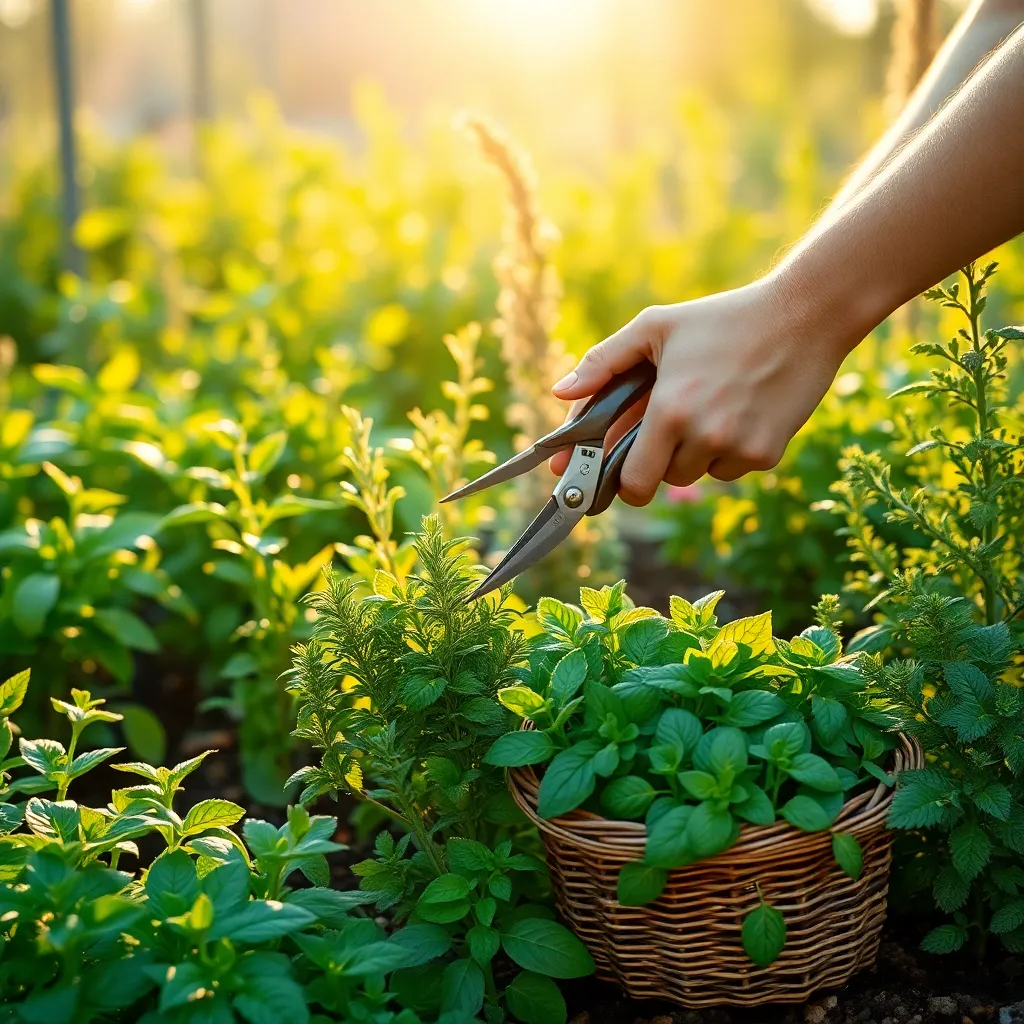
Harvesting herbs without killing the plant can sometimes lead to a reduction in yield if not done carefully. When you remove too many leaves or stems at once, the plant’s ability to photosynthesize effectively is compromised, which can stunt its growth.
To avoid this, ensure you only harvest up to one-third of the plant at a time, allowing it to recover and continue growing vigorously. It’s crucial to use clean, sharp scissors or pruning shears to make clean cuts, which helps the plant heal quickly and reduces the risk of infection.
Regular harvesting encourages bushier growth, but if done excessively, it might lead to a depleted root system. This can be particularly problematic in herbs like basil and mint, which rely on a robust root system to support new growth.
For best results, focus on maintaining healthy soil conditions by incorporating organic compost and ensuring adequate drainage. Herbs thrive in well-drained soil, so consider using a potting mix that contains perlite or sand to enhance drainage.
Watering practices also play a crucial role in maintaining herb health and yield. Most herbs prefer soil that is kept slightly moist but not waterlogged; aim to water deeply but infrequently, allowing the top inch of soil to dry out between waterings.
Incorporate a balanced, slow-release fertilizer into your care routine to provide essential nutrients throughout the growing season. This approach supports ongoing plant health and maximizes potential yields, even when harvesting regularly.
Impact on Herb Flavor and Potency
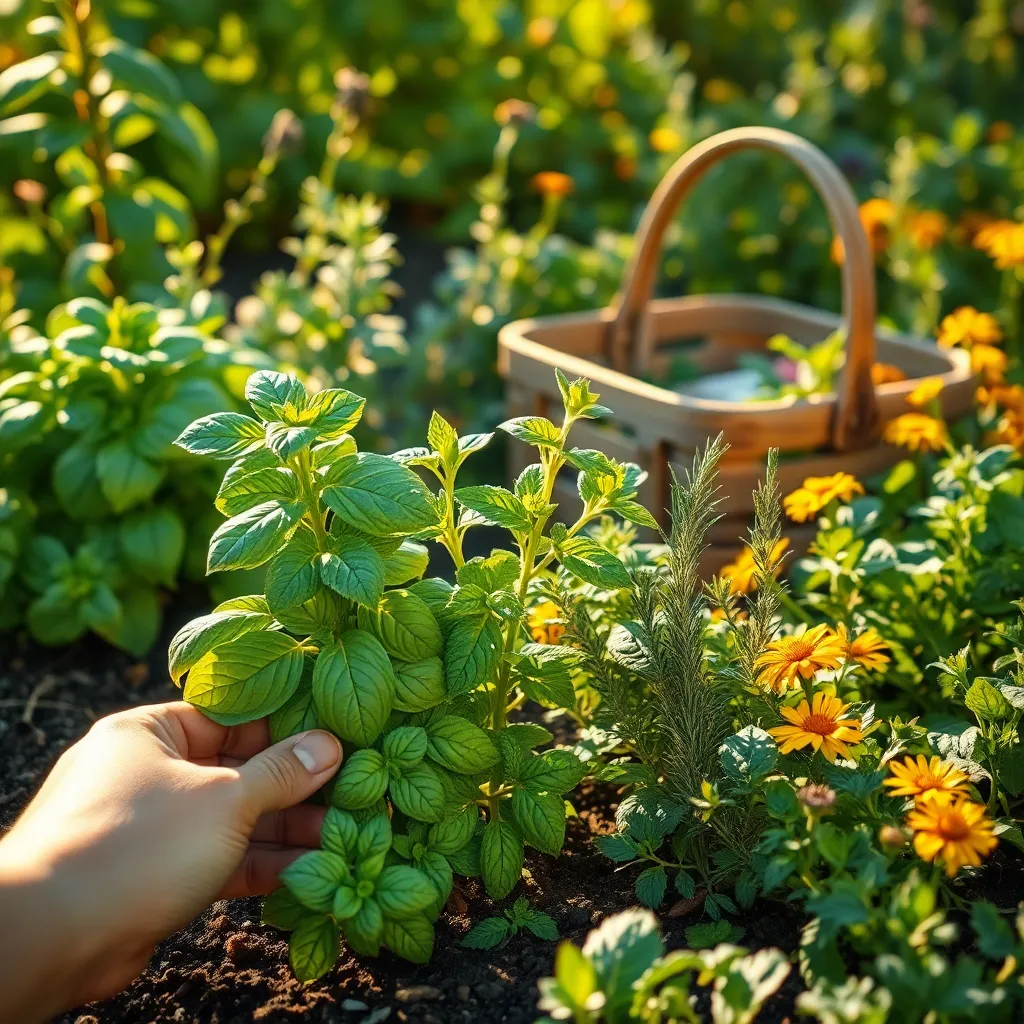
When herbs are harvested without killing the plant, it can have a significant impact on flavor and potency. This method often encourages the plant to produce new growth, which can lead to a more vibrant and intense flavor profile over time.
Regular harvesting of herbs like basil, mint, and cilantro can enhance their essential oil production. To maximize flavor, it is best to harvest herbs in the morning after the dew has dried but before the sun is too intense, as this is when their oils are most concentrated.
For optimal results, focus on cutting the top leaves and stems, which encourages the plant to become bushier and more productive. Use sharp scissors or pruning shears to avoid damaging the plant, and aim to remove no more than one-third of the plant at a time to prevent stress.
Soil conditions can also influence the potency of your herbs. Ensure your soil is well-draining and rich in organic matter, as this supports robust growth and enhances the flavor of your herbs.
- Water your herbs consistently, but allow the soil to dry out slightly between waterings to prevent root rot.
- Consider using a liquid fertilizer every few weeks to provide essential nutrients that support flavor development.
- For advanced gardeners, experimenting with different soil pH levels can also affect the taste of your herbs.
Challenges in Pest and Disease Control
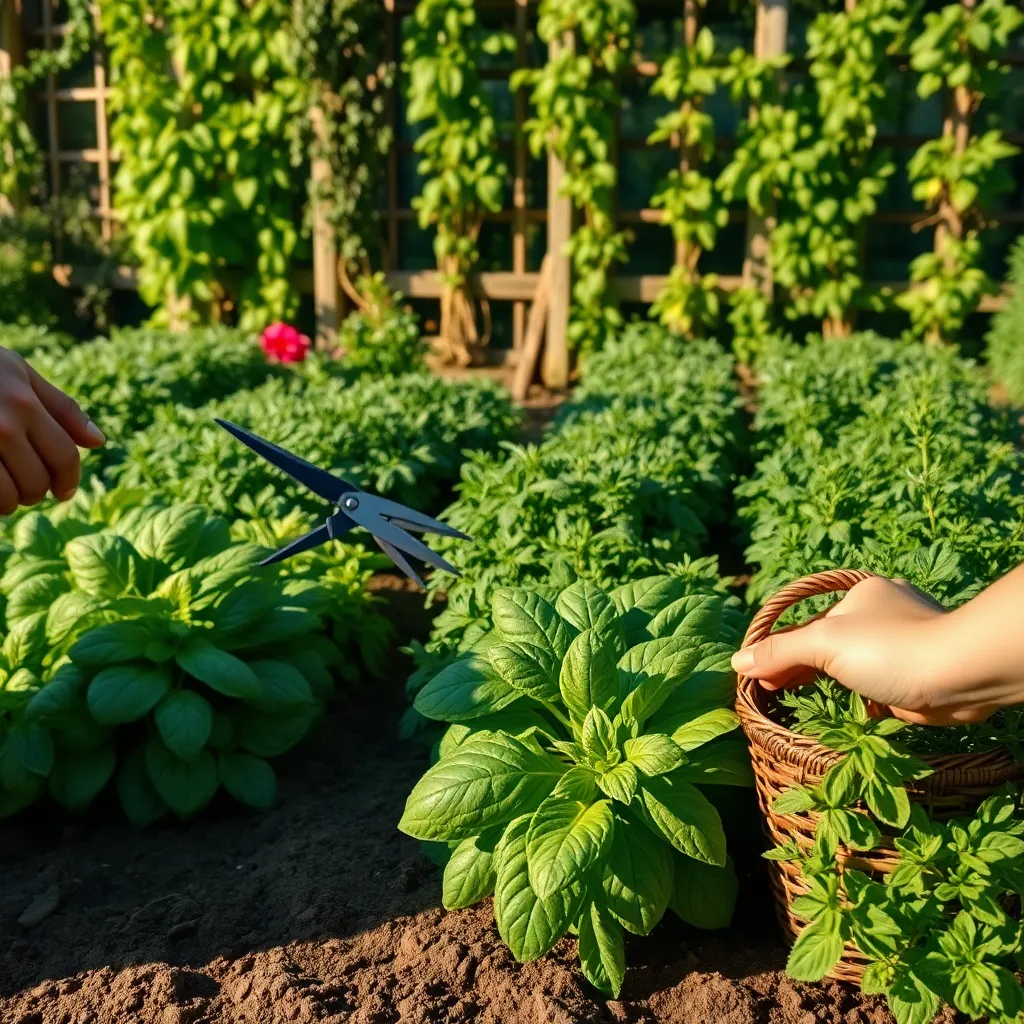
One of the main challenges in pest and disease control when harvesting herbs without killing the plant is maintaining plant health. Regularly inspecting your herbs for signs of pests, such as aphids or spider mites, is essential to prevent an infestation from spreading.
Additionally, using natural pest control methods can be highly effective. Consider introducing beneficial insects, like ladybugs or predatory beetles, to your garden, as they can help keep harmful pest populations in check.
Herbs are particularly susceptible to diseases if they are not harvested correctly. Ensure good air circulation around your plants by carefully pruning them, which can help prevent fungal infections such as powdery mildew.
Watering your herbs at the base of the plant, rather than overhead, is another practical tactic to minimize disease risk. This technique reduces the moisture on leaves, which can otherwise encourage fungal growth.
For more advanced pest management, using neem oil or insecticidal soap can be effective against a variety of pests. Always test a small area of the plant first and follow the instructions carefully to avoid damaging your herbs.
Long-Term Plant Health Issues
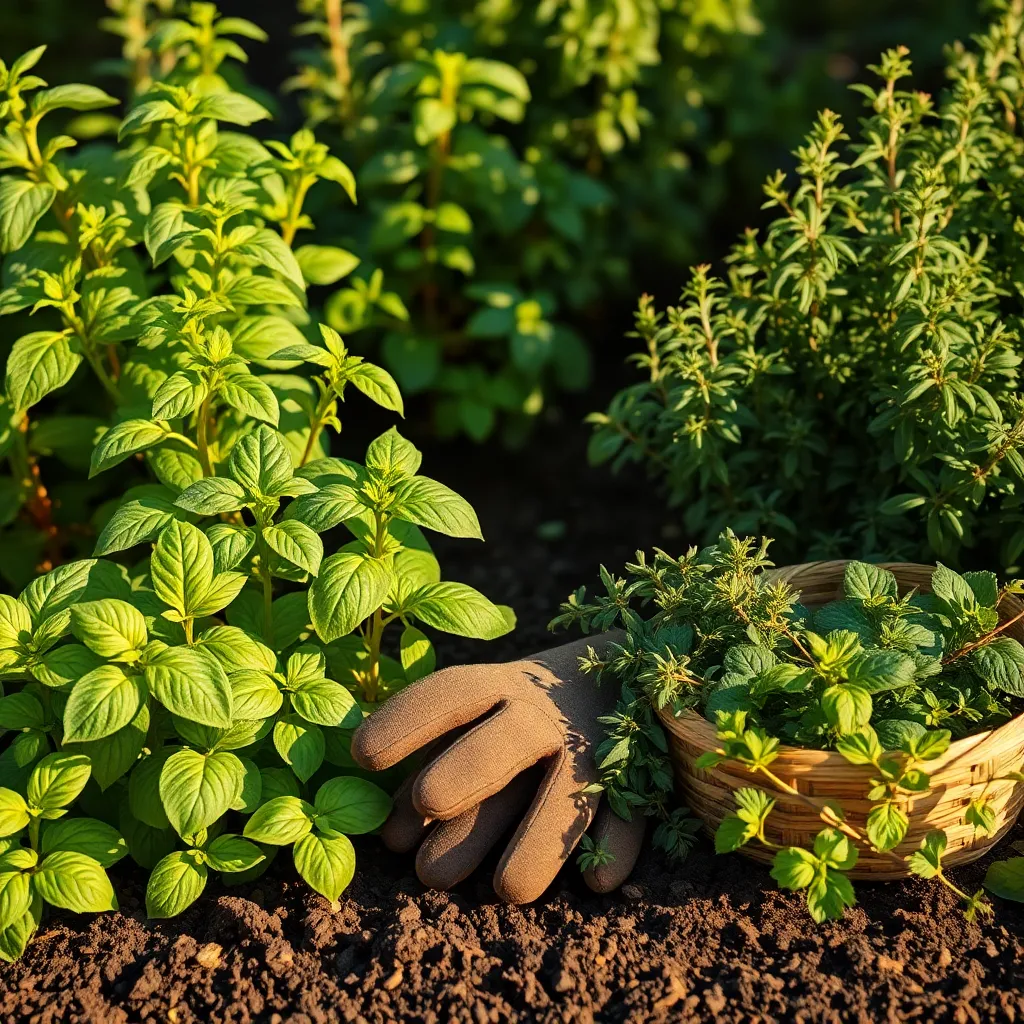
Maintaining long-term plant health is crucial when harvesting herbs without killing the plant. Regular harvesting can stress the plant if not done mindfully, leading to potential health issues over time. To ensure continued vitality, it’s essential to provide herbs with consistent care and optimal growing conditions. This includes ensuring that the soil is well-draining and rich in organic matter, as most herbs thrive in such environments.
Herbs require proper watering practices to maintain their health. Generally, herbs prefer soil that is kept moderately moist but not waterlogged, so it’s important to monitor moisture levels regularly. You can achieve this by sticking your finger into the soil; if it’s dry an inch below the surface, it’s time to water. Ensure that your herbs receive adequate sunlight, as most varieties need at least six hours of direct sunlight per day to stay healthy and productive.
Pruning is another vital aspect of maintaining herb plant health over the long term. Regularly pinching off the top leaves encourages bushier growth and prevents the plant from becoming leggy. Additionally, removing any dead or diseased leaves helps prevent the spread of disease and keeps the plant focused on producing healthy new growth. Avoid harvesting more than one-third of the plant at a time to allow for recovery and continued growth.
For advanced gardeners, consider rotating your herbs to new spots in your garden each season. This practice helps prevent soil depletion and reduces the risk of soil-borne diseases. Implementing a basic crop rotation plan can enhance soil fertility and promote robust plant health. By following these practices, you not only improve the longevity of your herbs but also enhance your garden’s overall productivity.
Conclusion: Growing Success with These Plants
In exploring the delicate balance of harvesting herbs without harming the plant, we’ve uncovered five key relationship concepts: the importance of nurturing growth without depletion, the art of timing and patience, the value of understanding each other’s needs, the significance of sustainable practices, and the power of consistent care and attention. Just as we tend to our gardens, these principles remind us to cultivate relationships that flourish over time.
As your next step, consider assessing one relationship where you might have been taking more than giving. Reflect on how you can introduce balance and nurture mutual growth starting today.
To ensure you have these insights at your fingertips, bookmark this article. It’s a handy guide to revisit whenever you feel the need to recalibrate your relationships.
Remember, successful relationships, much like thriving gardens, are built on consistent, mindful care. As you apply these principles, envision a future where your relationships are not just surviving, but thriving. With dedication and the right approach, your connections can yield endless rewards. Save this article as your go-to resource for fostering enduring relationships.

